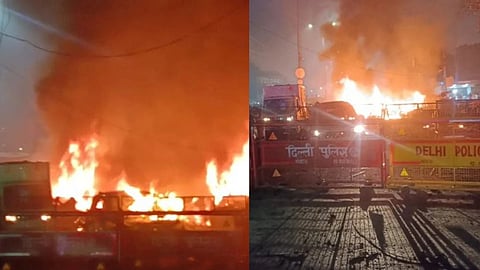Survivors of explosions and mass‑casualty incidents can experience a wide range of emotional and psychological reactions including shock, grief, anxiety, and acute stress. According to the World Health Organization (WHO), post‑traumatic stress disorder (PTSD) may manifest through reliving the trauma via flashbacks or nightmares, avoiding reminders of the event, being constantly on edge or startled easily, and having difficulty sleeping. 1
Research shows that after terrorist attacks and other large‑scale traumatic events the prevalence of PTSD, major depressive disorder (MDD) and anxiety disorders rises significantly. Risk factors include female gender, lower socioeconomic status, pre‑existing mental‑health conditions, higher level of exposure to the violence, and lower availability of social support.
In the present incident, people in the immediate vicinity may be struggling not only with physical injuries but also with strong ongoing emotional responses. Children, bystanders and others who witness the aftermath or were nearby may develop persistent fear, survivor’s guilt, emotional numbness, or heightened sensitivity to triggers such as loud noises.
Psychologists also warn about vicarious trauma affecting those who were not physically present but repeatedly consumed graphic coverage of the event. Earlier in the year, during the Pahalgam Terror Attack, psychologist Khushboo Agarwal, EMDR Therapist and member of the EMDR Association India, explained on her LinkedIn post:


